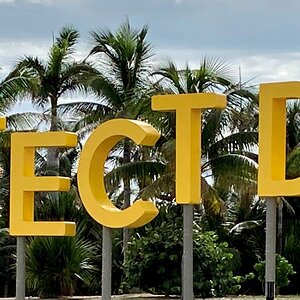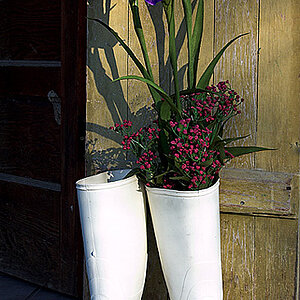Charliedelta
TPF Noob!
I noticed that there is a lot of noise in most of my long exposures (I use a tripod, radio triggers, and mirror lock-up, of course). To prevent noise I use ISO 100, on my D7100. For the lens I use either the Tokina 12-28mm or the Nikkor 50mm 1.8g. most of the times I also use an ND filter. When I shoot at dusk, and want to do a long exposure, I oftentimes find a lot of noise in my pictures (usually I like to shoot 15-20 second exposures).
Is it somehow normal to have noise present in these conditions? In other words, does it come because I am trying to get everything darker with the ND so that I can keep the shutter open longer, trying to get more light on the sensor? What would you do to avoid it (or to reduce it, at least ) ?
) ?
Thanks
Is it somehow normal to have noise present in these conditions? In other words, does it come because I am trying to get everything darker with the ND so that I can keep the shutter open longer, trying to get more light on the sensor? What would you do to avoid it (or to reduce it, at least
Thanks


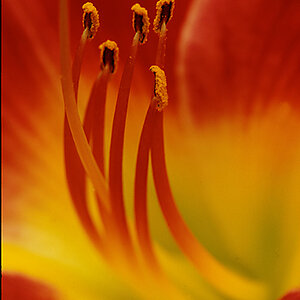
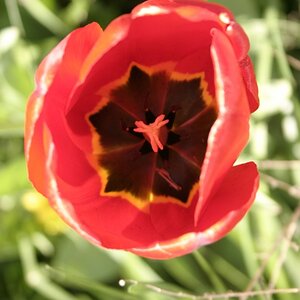
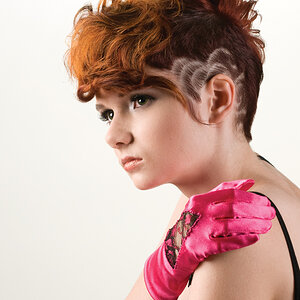
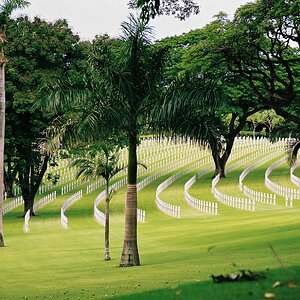
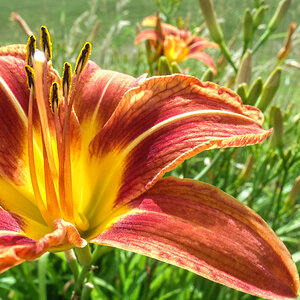

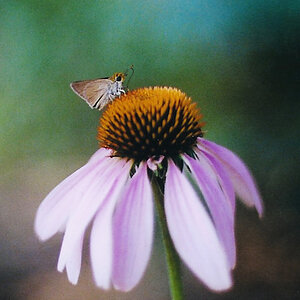
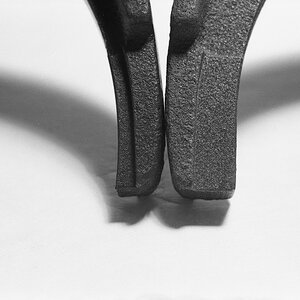
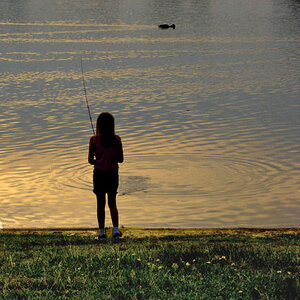
![[No title]](/data/xfmg/thumbnail/36/36135-6594fe1d58af0053c3e939665e543ce4.jpg?1619737388)
